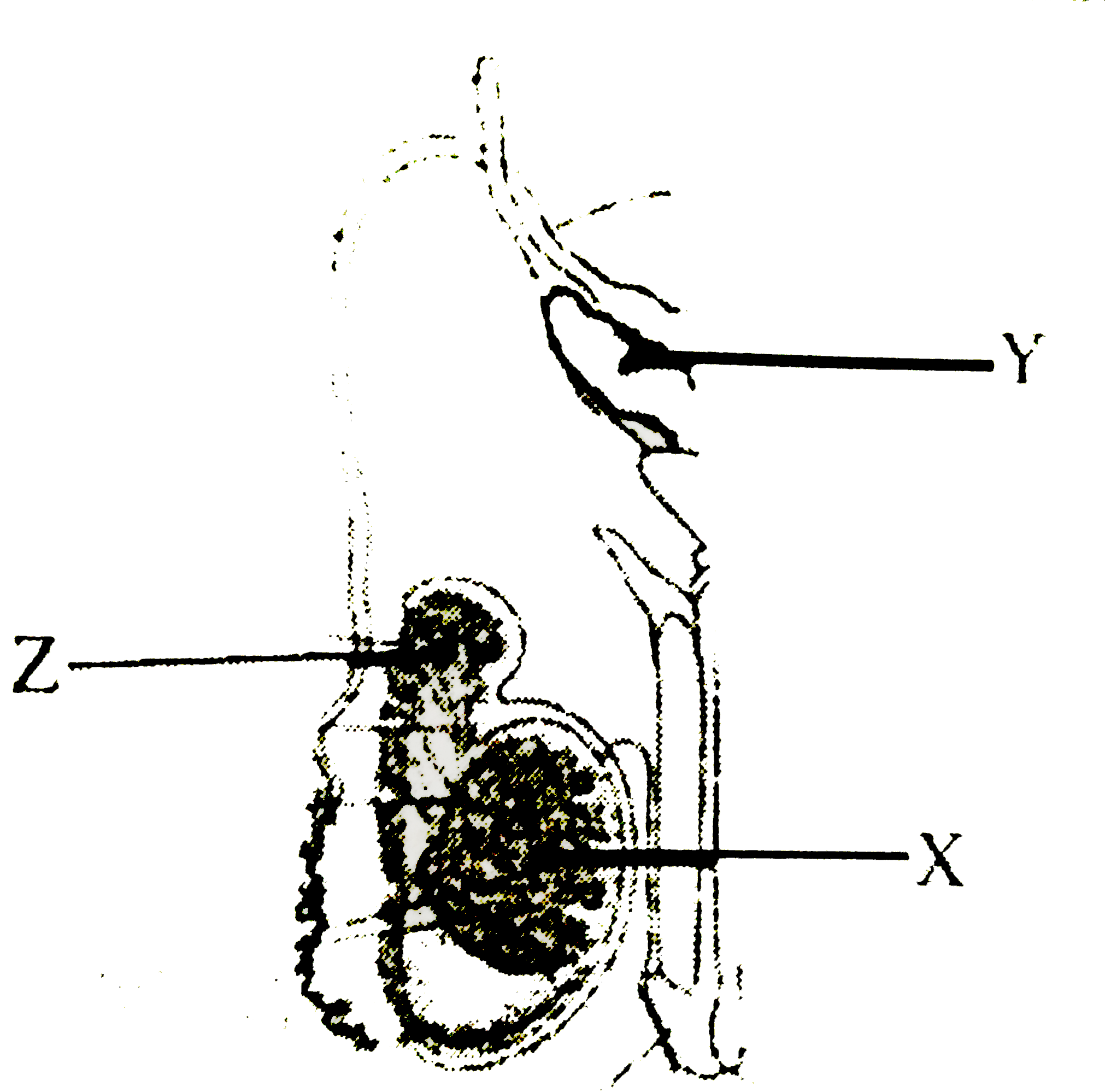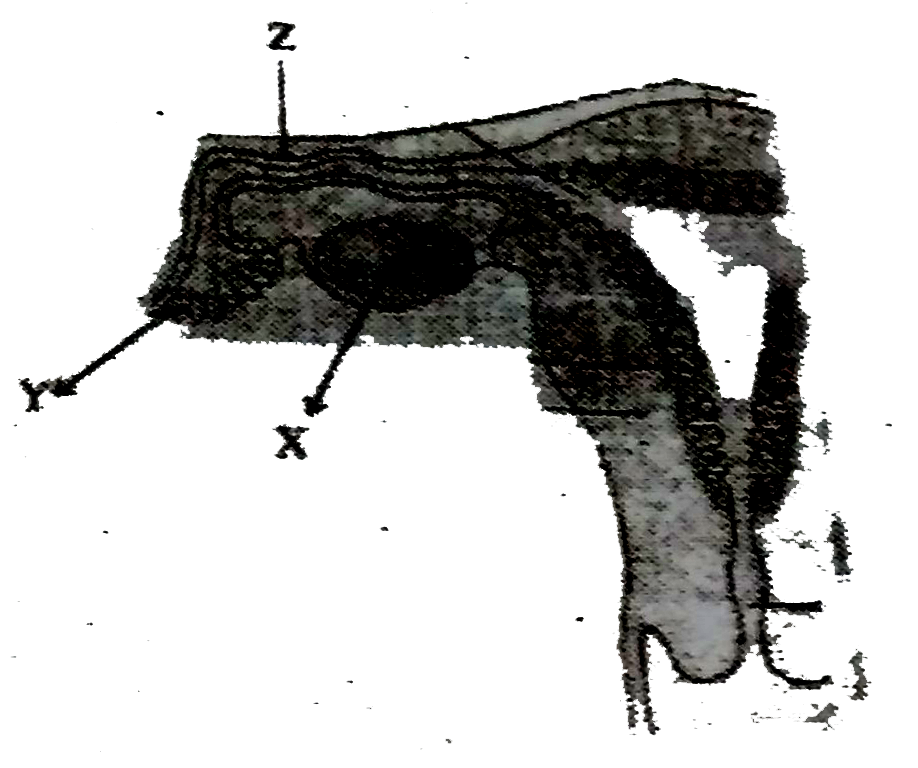(a) Write the reaction that occurs when glucose breaks down anaerobically in yeast.
(b) Write the mechanism by which fishes breath in water.
(c) Name the balloon likes structures present in lungs. List its two functions.
(d) Name the respiratory pigment and write its role in human beings.
(a) Glucose breaks down anaerobically, i.e., in absence of O2, in yeast in the following manner :
Glucose In Cytoplasm−−−−−−−→Pyruvate In Cytoplasm, In absence of O2−−−−−−−−−−−−−−−−−−−→Ethanel+CO2+ Energy
(b) Since fishes are aquatic, they take in O2 dissolved in water. They take water through their mouth which goes to their gills where the dissolved oxygen is taken up by the blood and transported. The CO2 is given out through the same passage.
(C) The balloon like structures in our lungs are the alveoli. Their functions are :
(i) They are very thin walled and hence help in gaseous exchange.
(ii) They contain extensive network of blood vessels which help in transport of respiratory gases.
(iii) They increase the surface area for absorption of gases.
(d) The respiratory pigment is haemoglobin. Its role is : (i) It has affinity for oxygen and hence helps in transport of oxygen form alveoli to body tissues.
(ii) It also has affinity for CO2 and hence helps in transport of CO2 from body tissues to alveoli .
Topper's Solved these Questions
- LIFE PROCESSESBOOK - U-LIKE SERIESCHAPTER - LIFE PROCESSESEXERCISE - Short answer questions
39 Videos
- HOW DO ORGANISMS REPRODUCE ?BOOK - U-LIKE SERIESCHAPTER - HOW DO ORGANISMS REPRODUCE ?EXERCISE - LONG ANSWER QUESTIONS
47 Videos
- OUR ENVIRONMENTBOOK - U-LIKE SERIESCHAPTER - OUR ENVIRONMENTEXERCISE - SHORT ANSWER QUESTIONS
34 Videos
Similar Questions
Compound X and aluminium are used to join railway tracks. (a) Identify the compound X (b) Name the reaction (c) Write down its reaction.
View SolutionCompound X and aluminium are used to join railway tracks. (a) Identify the compound X (b) Name the reaction (c) Write down its reaction.
View Solution(i) Write structural formula of the compound formed when one mole of ethyne reacts with one mole of hydrogen gas.
(ii)Name the catalyst used in the above reaction.
(iii) Write temperature at which the reaction mentioned in (a) occurs.
(iv) Name the reaction.
View SolutionWrite the reactions of D-glucose which can't be explained by its open chain structure. How can cyclic structure of glucose explain these reactions?
View SolutionWrite the reactions of D-glucose which can't be explained by its open chain structure. How can cyclic structure of glucose explain these reactions?
View Solution
The above diagrams shows human male reproductive system (one side only )
(a) Identify 'X' and write its location in the body .
(b) Name the accessory gland 'Y' and its reaction.
(c) Name and state the function of 'Z'.
View Solution
The above diagrams shows human male reproductive system (one side only )
(a) Identify 'X' and write its location in the body .
(b) Name the accessory gland 'Y' and its reaction.
(c) Name and state the function of 'Z'.
View Solution
The diagram above shows a part of the human female reproductive system.
(a) Name the gamete cells that would be present in 'X' if taken from a newborn baby.
(b) Name 'Y' and write its function.
(c) Name 'Z' and write the events that take · place here.
View Solution
The diagram above shows a part of the human female reproductive system.
(a) Name the gamete cells that would be present in 'X' if taken from a newborn baby.
(b) Name 'Y' and write its function.
(c) Name 'Z' and write the events that take · place here.
View Solution
The above diagrams shows human male reproductive system (one side only )
(a) Identify 'X' and write its location in the body .
(b) Name the accessory gland 'Y' and its reaction.
(c) Name and state the function of 'Z'.
View Solution
